Using Behavior Change to Create a Nimble Organization
People love stability. Stability, to our brains, equals safety. Organizations love stability. Stability, to organizations, means predictability, which makes customers and markets happy. So it’s no wonder people and companies are suffering.
After years of feeling threatened politically, financially, and physically, we’re trying to find our feet. But the pandemic, for one thing, keeps rocking us. First it was “just” COVID. Then it was the Delta variant—even more deadly, if that was possible.
Now it’s Omicron; we’re googling the Greek alphabet and bracing for the worst. But health experts are delivering the good news/bad news. It appears to be much more transmissible, but also much less deadly. What do we do with that?
Omicron feels like a tipping point. We just learned how to vax up and lock down, but now we’re not sure what to do. It’s almost worse; a whole new flavor of pandemic offers us even less stability.
Change is our new normal. That’s a common refrain. But what do we do about it? How do we reconcile our innate need for stability with constant global upheaval?
At Emerson Human Capital, we believe behavior is the foundation of any change.
If you can engineer different behaviors, you can change outcomes, mindsets, emotions, and even organizational culture.
If you want to prime your organization for our new normal—relentless change—try instituting these kinds of behaviors.
- Assess. Encourage teams to continually take in new information and use it to make their work better. Implement checkpoints to stop and reassess based on new information, then adjust goals or processes. The individual behaviors you want to see are gathering, analyzing, and sharing information.
- Fail fast. Make trial and error normal. When you want to change goals or processes due to new information, green-light a pilot to test the new way. Quickly gather results, adjust, and implement. The individual behaviors are raising new ideas, approving pilots, and celebrating what you learned (not what the pilot achieved).
- Sprint. Any project can learn from Agile software development projects, which do their work in sprints. A sprint is a set period of time during which a discrete chunk of work is produced and evaluated. Sprints are typically no longer than 30 days. Sprints allow a team to absorb and react to new information quickly. Imagine a one-year initiative. Now think of everything that has changed in the last year. Sprints don’t plan everything, then design everything, then build everything…they create individual components of a solution, fast; components are easier to fix, and new sprints benefit from new information. The behaviors you want are all the parts of an Agile sprint process.
- Step up. This is about using all the information you have—external and internal forces, lessons learned from your own projects, and information from other teams—to up your capabilities. It’s like a rock climber who gains muscle and agility by climbing a mountain; she uses that new ability on the next mountain. We strengthen not in our “downtime,” but as we climb. The behavior you want is asking and acting on questions like these: What did you learn to do on your last project, or in your last cycle? What have you learned from the outside world or from another team’s experience? Who learned it? How can you encode and use that new capability?
When we say “institute these behaviors,” we mean you have to identify them, communicate them, measure them, and reinforce them. It’s an investment; you either want this kind of organization, or you don’t.
Behaviors like these will not only improve your performance, they will begin to create a more nimble culture—where questioning is ok, risk is celebrated, and you commit to being smarter tomorrow than you were today. Companies that do this well are ready for whatever the world throws at them.




